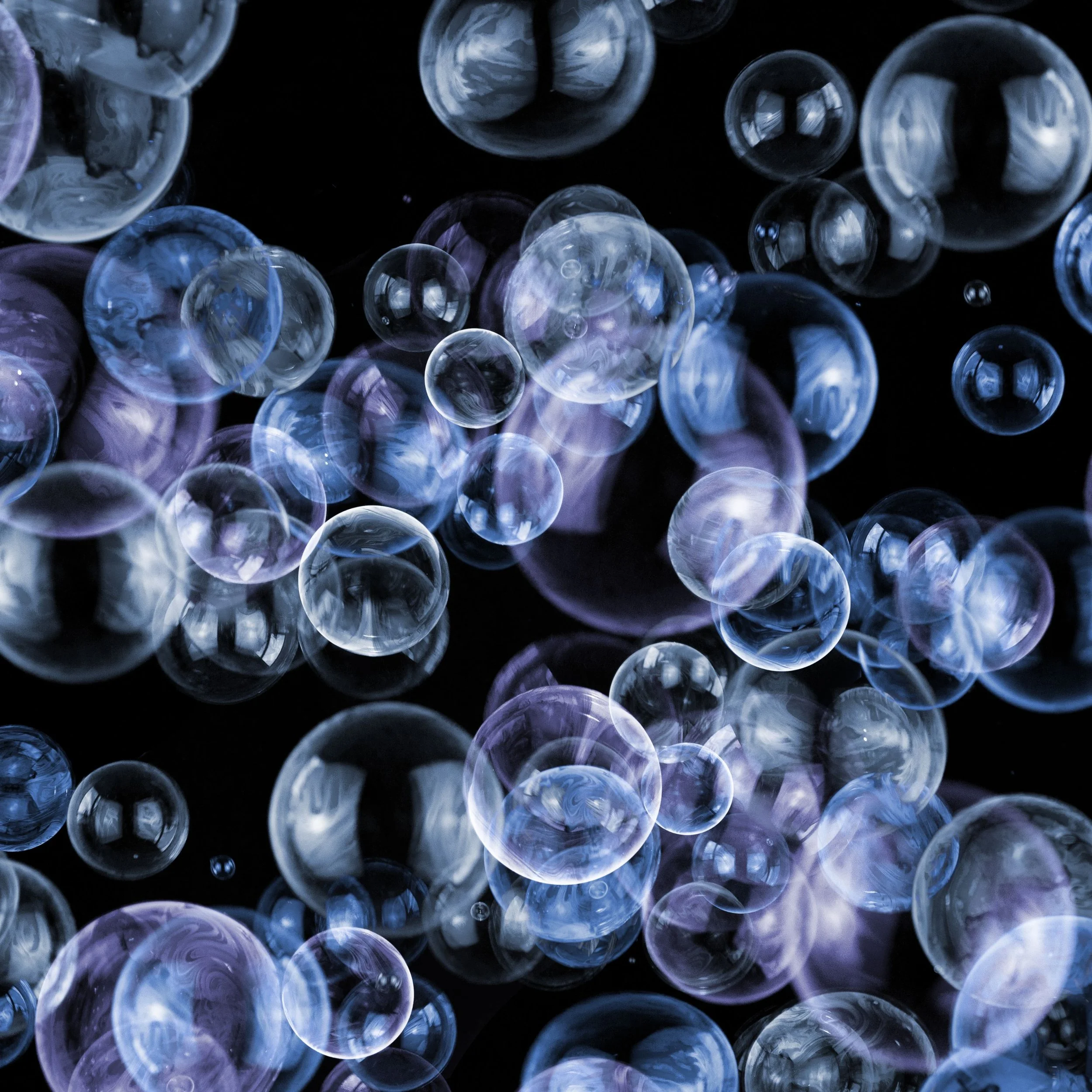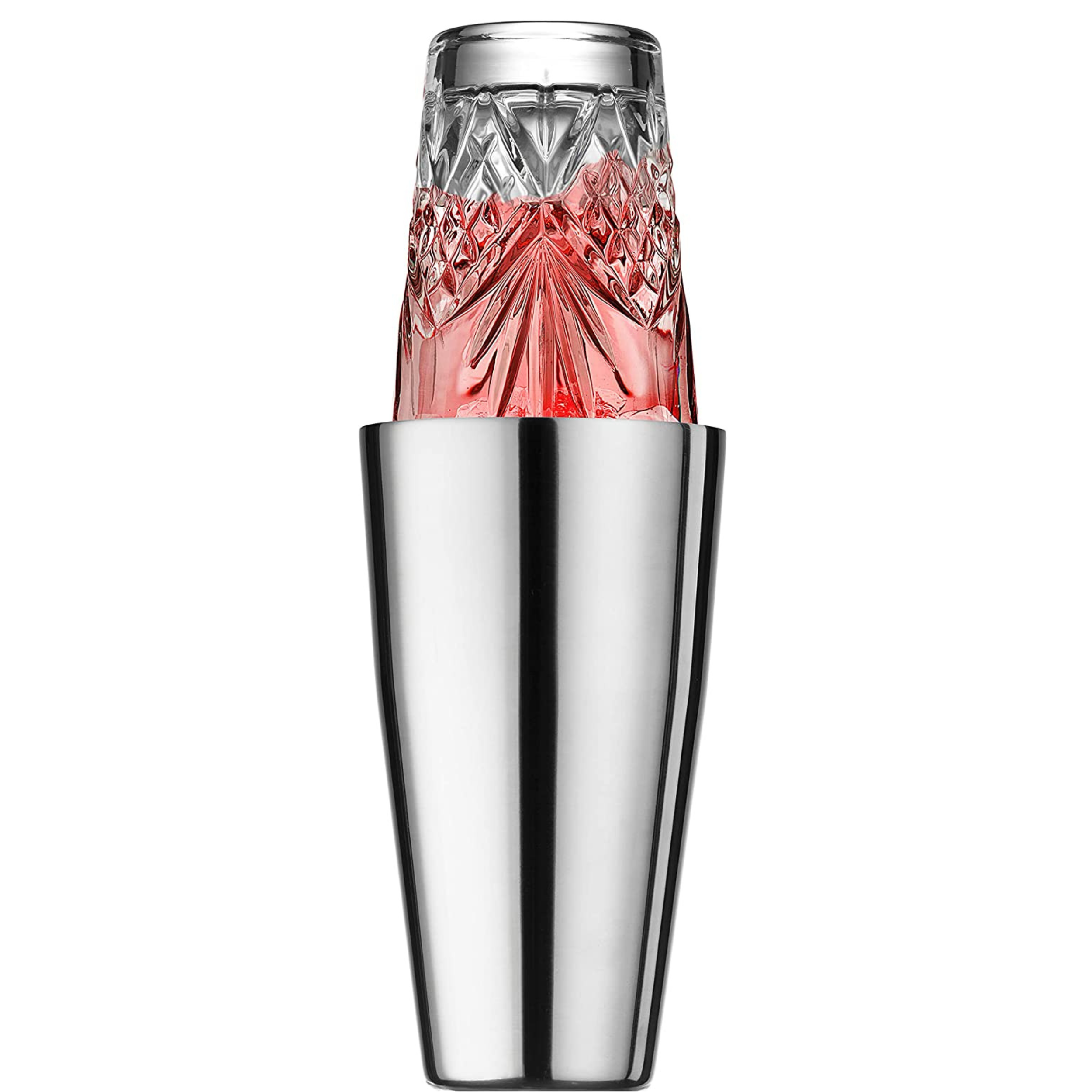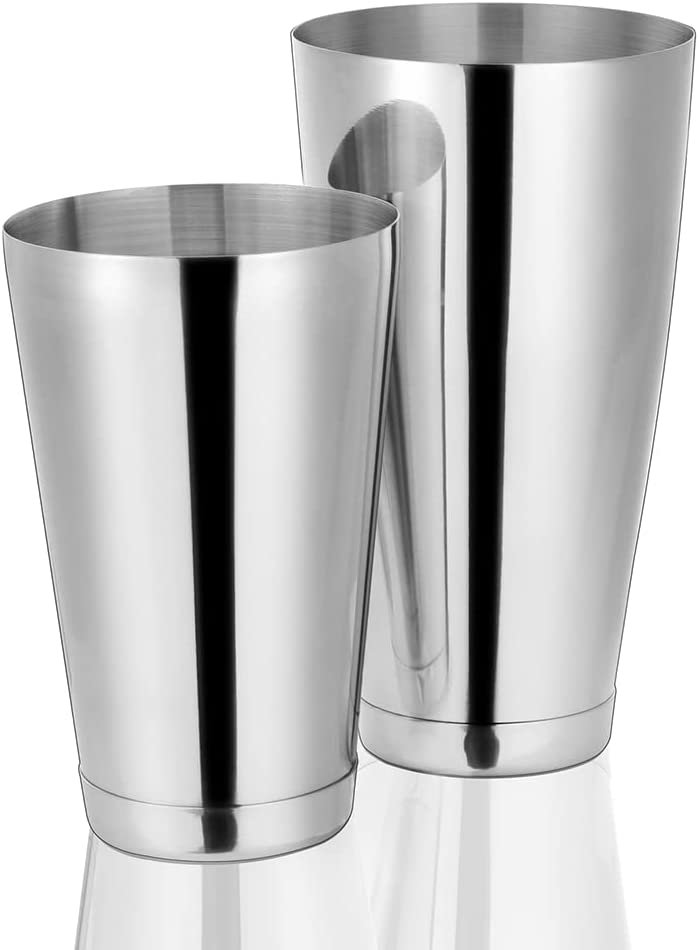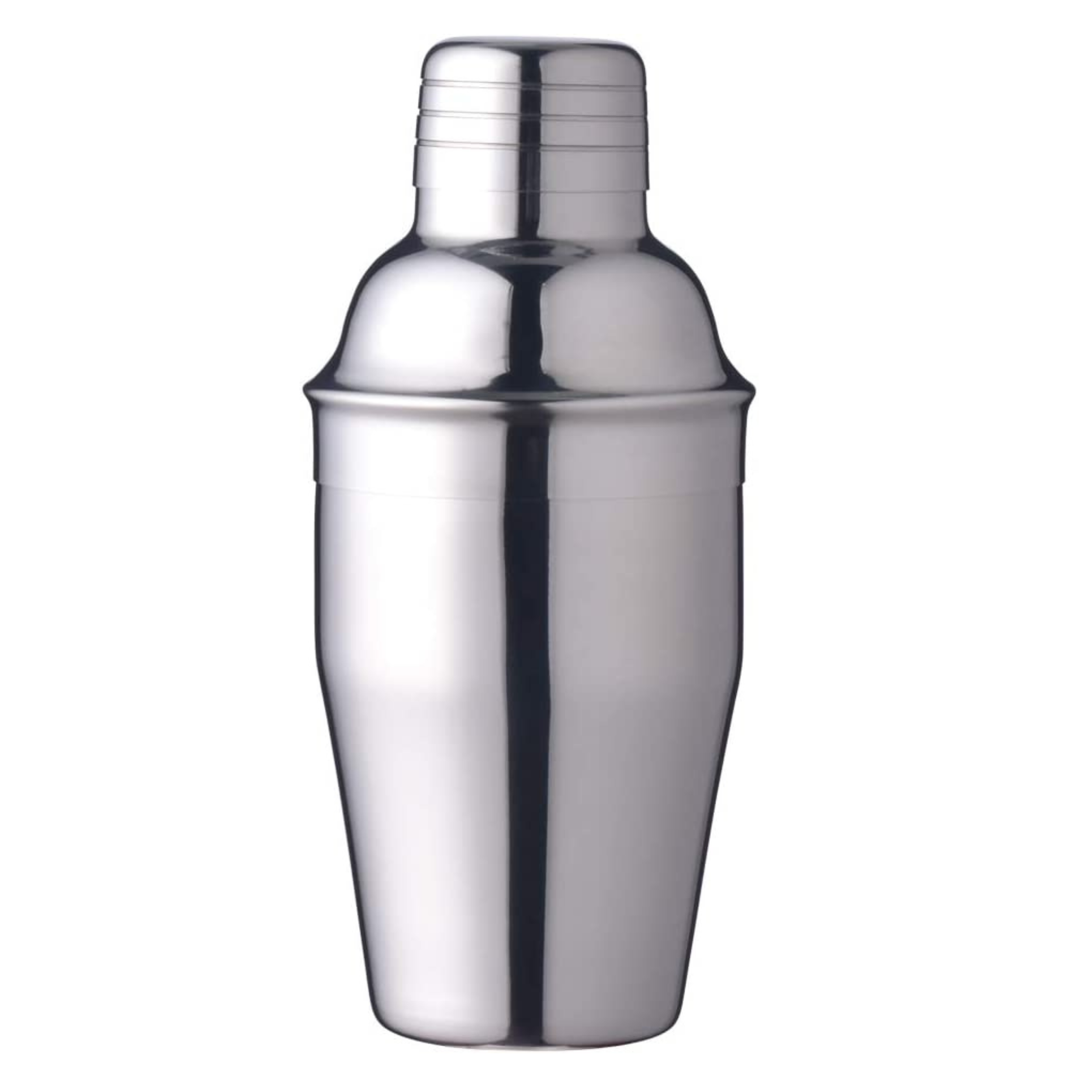The Best Cocktail Shakers to Buy 2025 | What Are The Different Types?
Your complete guide to cocktail shakers. How they work, the different styles of cocktail shakers, and which one will work best for you.
Jump to cocktail shaker 2025 comparison
Why shake a cocktail
Cocktail shaking seems to be one of these things that we all accept as a given but rarely ask why we’re doing it.
Have you ever stopped to think why you’re actually shaking a cocktail? Other then the obvious - its fun to do.
Well I’m glad you asked! When it comes to cocktail shaking there are 4 reasons. 4 things we’re trying to achieve and 4 things that will help answer all the other questions I’m going to delve into throughout this article.
Dilute
The first reason is to dilute the cocktail. Cocktails need water for 2 main reasons. the first is to soften the drink. Often cocktails can feel too strong or out of balance when its flavour on flavour on flavour.
By introducing water we soften those flavours for a more enjoyable not to mention palatable drinking experience.
The second reason is to lengthen the drink. Sometimes you want a drink that’s going to last longer then two sips and a great way to lengthen it without dramatically changing the balance of the cocktail is to introduce water.
Chill
Get it? The cat’s chilling.
You wouldn’t want a warm cocktail would you? Unless it’s Christmas. Did somebody say mulled wine? mulled cider? Yes please…But for everything else, the colder the better and nothing cools a cocktail faster then bashing ice into it.
Combine Ingredients
A lot of the liquid you mix will have different densities. Just take a look at my density chart here for some examples and a better understanding.
How do you mix those different densities so they don’t separate whilst you’re trying to enjoy your cocktail? You bash them into each other again and again until the separate liquids form one liquid. Enter, the cocktail shaker.
But I know what you’re going to say, “Why not just stir them?” Well… The bigger the difference in densities the harder the liquid is to combine.
Stirring them to combine would be very difficult if the densities are largely different. We need something more vigorous. Something like, a shake.
“So then why not just shake every cocktail” you might now be asking. Well for that we need to talk about the 4th and final reason why we shake a cocktail.
Aeration
The process of aeration in cocktail making is introducing as much air as possible into the liquid to change the texture and mouthfeel. Ever compared a stirred cocktail to a shaken one? Like a Negroni vs Espresso Martini?
The difference in mouthfeel is huge. Negroni’s are quite heavy, whilst Espresso Martinis are light, fluffy, almost pillowy. Not to mention they have that lovely fluffy white foam that sits on top.
That’s aeration in action. When you shake a cocktail hard, whatever air is in the shaker gets trapped in the liquid. It forces bubbles to get trapped inside which makes the mouthfeel fluffy and light.
Why some cocktails have a foam
As all those bubbles try to escape they form a white head on top of a cocktail. That’s why they have foam, its lots and lots of teeny tiny bubbles trying to escape.
Can you image how horrible a fluffy Negroni would taste? Or a heavy Espresso Martini? Texture is huge in flavour and flavour perception which is why sometimes we shake and sometimes we stir.
And if you’re now asking when to shake and when to stir a cocktail well don’t worry. I’ll talk about that next, but first.
If you want to learn more about aeration and cocktail foams, check out my complete guide to Cocktail Air, Foam, and Bubbles here. The first section about egg white foam is where I talk more about the importance of aeration in cocktails.
That’ll give you a better understanding of why we shake.
When to shake a cocktail and when to stir a cocktail
Shaking vs stirring a cocktail. This is a subject I cover perfectly in my online cocktail course. So do check that out (It’s current discounted). I’ll physically show you the difference in that course which is much more easier to understand.
But for anyone not interested, let me try to explain through words.
Cocktails with similar densities can be stirred. Such as Gin and Vermouth in a Dry Martini.
Cocktails with different densities need to be shaken. Such as the Bee’s Knees which has honey (something really thick) with gin (something quite light)
Once again, check out my densitiy chart for a better understanding. If they’re close together on the chart, feel free to stir.
A good rule of thumb is anything that’s 90%+ booze such as Old Fashioneds, Gin Martinis, Manhattans, Rob Roys and Negronis. They can be stirred.
Anything with citrus or fresh juice like Margaritas, Pornstar Martini’s, or Whisky Sours, they need to be shaken.
They’re are objections to this rule. But it’s a great guideline to follow.
How to shake a cocktail
There are many ways to shake a cocktail. Stand at any bar with more then 3 members of staff and watch as every one of them shake a cocktail differently.
It all comes down to personal style, but also, function.
The function
As for the functional bit, what you’re trying to achieve is for the ice to move around the shaker as much as possible. Not just back and forth but up and down, round and round. You need to get some motion in there.
Think about the process of using mouthwash. You don’t just swish it back and forth, instead, you swish it all around your mouth, you push and pull the mouthwash through your teeth.
In that case, think of your mouth as the shaker, the mouthwash as the cocktail and your teeth as the ice. The more you push it through your teeth, the more the mouthwash froths up.
Once again, this is quite hard to explain in writing but is something I personally teach in my course so check that out. It basically covers everything from shaking to stirring and beyond so I’ll stop talking about it now.
Why are there so many different styles of cocktail shakers?
Much like shaking a cocktail is largely personal style, the reason there are different types of cocktail shakers is also down to style.
But that’s not the only reason, a lot of it is due to culture as well. Cobbler shakers are more popular in Japan, glass Bostons in American, Tin on Tin in the United Kingdom and Parisian shakers in, well, France.
You also have the aspect of function. Glass Boston’s are great for bars because you can see what you’re mixing.
Shakers with built in strainers are great for home bartenders because it eliminates the need to purchase a strainer.
The 4 Types of cocktail shakers you should be buying in 2025
Now we’ve covered the basics, let’s talk about the 4 main types of cocktail shakers, weigh up the pros, cons, and my top recommendations for each style. This, is the cocktail shaker comparison.
Boston Cocktail Shaker (glass)
What is A Boston Shaker?
A Boston shaker is a cocktail shaker made up of 2 pieces. A larger metal tin and a shorter piece. In this case, the shorter piece is glass. This will be your Boston tin and Boston glass.
It’s the most popular of all the shakers and is often credited as being the very first style of cocktail shaker to be invented.
Why is it called a Boston Shaker?
The answer to that question is a mystery. The origins of this bar tool dates back to the early 1800s. We can’t even pin down where exactly it was invented, who invented it or where it was used first. So the name is a mystery.
Pros
Holds a lot of liquid.
With the glass you can see what you’re making as you’re making it.
Cheap.
You can also see when the cocktail is frothy enough.
Cons
Not great at regulating temperature.
Has a tendency to shatter.
Best ones to buy
Purely Function
This one is cheap and cheerful but gets the job done. There’s nothing especially exciting about it, however it serves the function intended.
Any cheaper and the glass will likely shatter within a few uses. This is the most basic you will find that works.
Functional and great to look at
This one works much the same except you have a nicely etched cut glass to go along with it.
Functional wise it still works the same as the cocktail shaker above, but is better to look at.
Boston Cocktail Shaker (tin on tin)
What is a Tin on Tin Boston shaker?
This cocktail shaker is exactly the same as the above but with one major difference. No glass.
Having no glass comes with counter pros and cons to the above, either one will work great so just choose whichever you think would suit you best,
Personally, this is my favourite out of every shaker on this list.
This this the type of shaker I use both professionally and when I’m at home.
Pros
Versatile - you can use the tin to stir cocktails as well.
Easy to use.
Fit’s a lot of liquid in.
Will last pretty much a lifetime.
Keeps the cocktail inside ice cold.
Cons
Can be difficult to separate the tins when cold.
Can’t see what’s going on inside till you crack it open.
Best ones to buy
Purely Functional
Once again let’s start with the purely functional. The best option if you just want something reliable and versatile.
Shaker set
When it comes to cocktail kits, A lot of them have low quality shakers. But with Boston tins it’s hard to go wrong.
So save a little money in the long run and grab yourself a shaker set with a tin on tin Boston.
Cobbler Cocktail Shaker
What is a cobbler shaker
The cobbler cocktail shaker is a 3-piece shaker and an all in one solution.
The first piece is the tin very similar to the Boston. The second is a built in strainer. With both the previous shakers you need a strainer but not with this. The strainer is built in.
The last piece is the cap.
This works perfect for home bartenders and is often the shaker you will see in home bars or homeware stores.
You wont often see them in professional settings like bars or restaurants as they have quite the number of cons which we will go into. But if you love the look, and you’re only using it to make drinks at home, there’s no reason why you shouldn’t use one if you like them.
I have a few myself. They work great for décor as well as function.
That being said they are incredibly popular in Japan. Largely because Japanese bartenders tend to have a different style of shaking called the Japanese hard shake which can only be done with cobbler shakers.
But often they are designed slightly different. Recommendations below.
Why is it called the cobbler?
The cobbler shaker is named after the sherry cobbler, a popular cocktail during the late 1800s and early 1900s.
Pros
all in one solution - no need to by a strainer.
Looks pretty.
Cons
Difficult to separate the pieces once cold and wet.
Cant see what’s happening inside.
Even though they have a built in strainer, it’s not a good one.
Market is flooded with cheap versions which are prone to leak and rust.
They don’t fit as much in as Boston shakers do.
Best ones to buy
Purely Functional
As always let’s start with the purely functional. I mentioned in the cons that the market is flooded with cheaper alternatives that leak and rust.
I know first hand that this is not one of those.
Purely Decor
This one and shakers you will find similar honestly do not work great.
But I’m still keen to recommend it as it looks great. So if you want a shaker as part of your home bar décor or any décor, these work perfect for that.
In fact I have this exact one in my home bar.
Japanese Cobbler Shaker Set
This one is the best of both worlds. It looks great and it performs brilliantly. If you’re really keen on getting on of these types of shakers, this will always be my first recommendation.
You also get the Japanese styled spoon, strainer, and matching jigger. So great value for money.
French/Parisian Cocktail Shaker
What is a French cocktail shaker
The French or Parisian shaker is the least popular of all shakers.
Not for any negative reasons. The cobblers and Boston’s have just claimed the market.
The French cocktail shakers are some what of an elegant alternative that’s a nice in-between of the Boston and Cobbler. It has the design of a cobbler but without the strainer and the volume of a Boston.
However, even though it’s the least popular it is gaining some momentum in recent years. Especially in it’s name sake, France.
Pros
Versatile
Visually nice to look at
Crafty
Cons
Hard to find
Tends to be more expensive
Best one to buy
Make it stand out
For this I only have one recommendation and this is it. Both visually nice to look at and will work brilliantly.
And there we have it. Your complete guide to cocktail shakers, what all the different cocktail shakers are, how to use them, when to shake a cocktail and of course, which cocktail shaker you should be buying in 2024.
Final Thoughts on Cocktail Shakers
When it comes to the types of cocktail shakers, there is no bad and good shaker. It all comes down to personal preference. You want to buy the cocktail shaker that is most suitable to you and feels most comfortable when you shake a cocktail. Which after completing this cocktail shaker guide and comparison, I’m confident you will make the right decision for you.
Hi, I’m Cameron, guv’nor of Smartblend. If you liked this then you’re in luck, I have a bunch more recipes like it. I share only vegetarian and pescatarian food recipes, cocktails, and drink guides with a sprinkling of wellness and mindful drinking. If that sounds like you, then stick around!
Related Articles
Smartblend is a participant in the Amazon Services LLC Associates Program, an affiliate advertising program designed to provide a means for sites to earn advertising fees by advertising and linking to amazon.co.uk and amazon.com. Smartblend does earn a small commission on goods purchased through the included links. Don't worry, it doesn't cost you any more, but we do appreciate your referral!




























